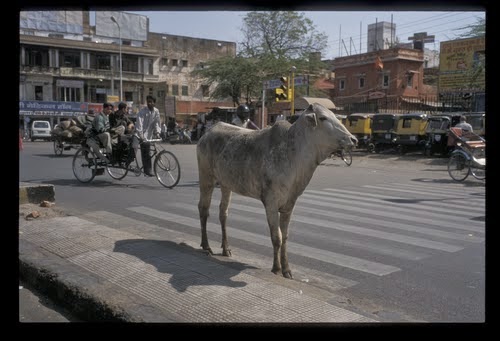Buddhist with Mala
Kathmandu Nepal 1991
All rights reserved
In Tibetan Buddhism, traditionally malas of 108 beads are used. Some practitioners use malas of 21 or 28 beads for doing prostrations. Doing one 108-bead mala counts as the 108 worldly sins in Buddhist doctrine.
Malas are mainly used to count mantras. These mantras can be recited for different purposes linked to working with mind. The material used to make the beads can vary according to the purpose of the mantras used. Some beads can be used for all purposes and all kinds of mantras. These beads can be made from the wood of the Bodhi tree (Ficus religiosa), or from 'Bodhi seeds', which come from the Rudraksha (Elaeocarpus ganitrus) and not the Bodhi tree. Another general-purpose mala is made from rattan seeds (Calamus Arecaceae), the beads themselves called 'Moon and Stars' by Tibetans, and variously called 'lotus root', 'lotus seed' and 'linden nut' by various retailers. The bead itself is very hard and dense, ivory coloured (which gradually turns a deep golden brown with long use), and has small holes (moons) and tiny black dots (stars) covering its surface."
In 1991 I bought a number of these in Nepalese antique shops. Each unique made to the taste of the Buddhist. To me they seem to exude a spirituality and I am not a believer in "stone properties" etc.


